Books transport us to different worlds, yet sometimes the actual places that inspired these worlds, or where they were created, can be just as mesmerizing. Across America, historic sites preserve the legacy of authors whose words shaped our cultural consciousness.
These landmarks range from modest apartments to sprawling estates, each offering a tangible connection to the literary giants who once inhabited them. You don’t need to be a literary scholar to appreciate these special spots.
Here is a list of 20 literary landmarks throughout the United States where bookworms can experience firsthand the environments that nurtured classic American literature.
The House of the Seven Gables
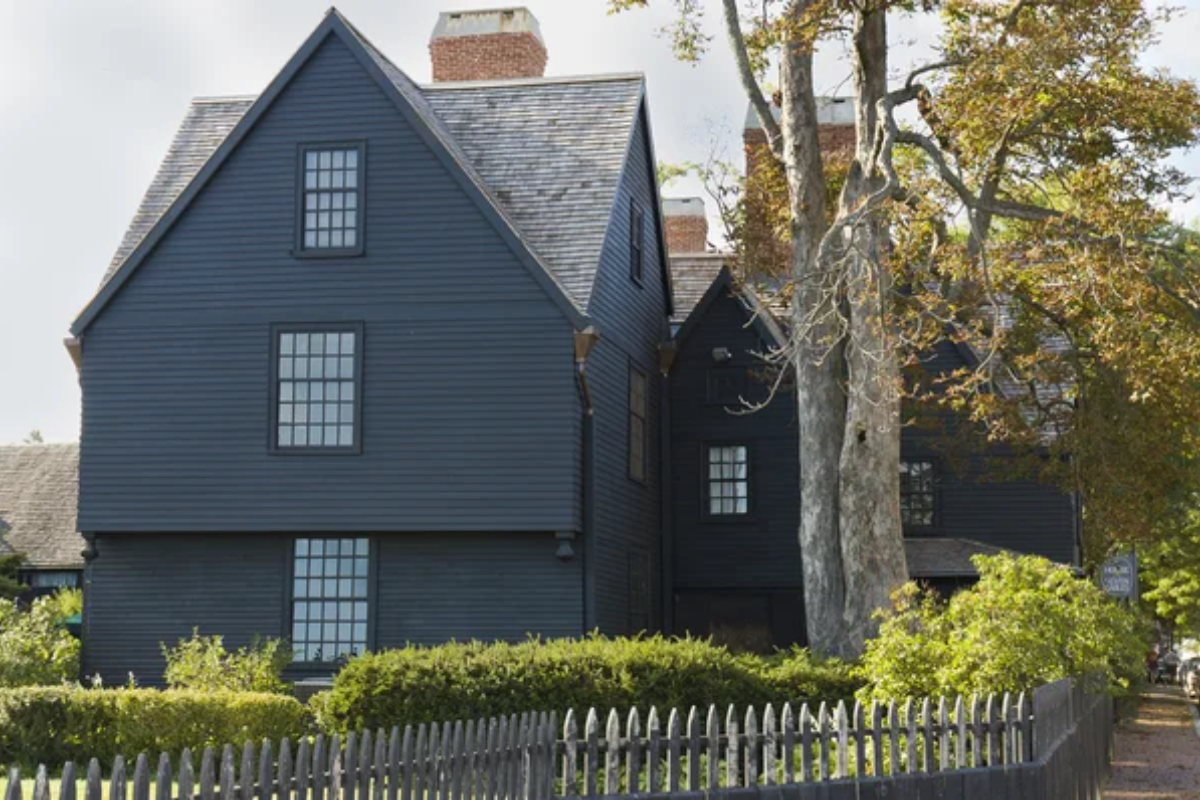
Salem’s centuries-old mansion became far more than just Nathaniel Hawthorne’s inspiration—it’s practically a character itself in his 1851 masterpiece. Built in 1668, this waterfront home features a distinctive pointed roof that prominently features in his exploration of family curses and redemption.
The creaky floorboards and shadowy corners seem to whisper secrets from the pages while tour guides highlight passages that mirror the actual structure. Hawthorne’s birthplace, relocated to the property in 1958, offers a humble contrast to the imposing house that fired his imagination.
Hemingway Home and Museum
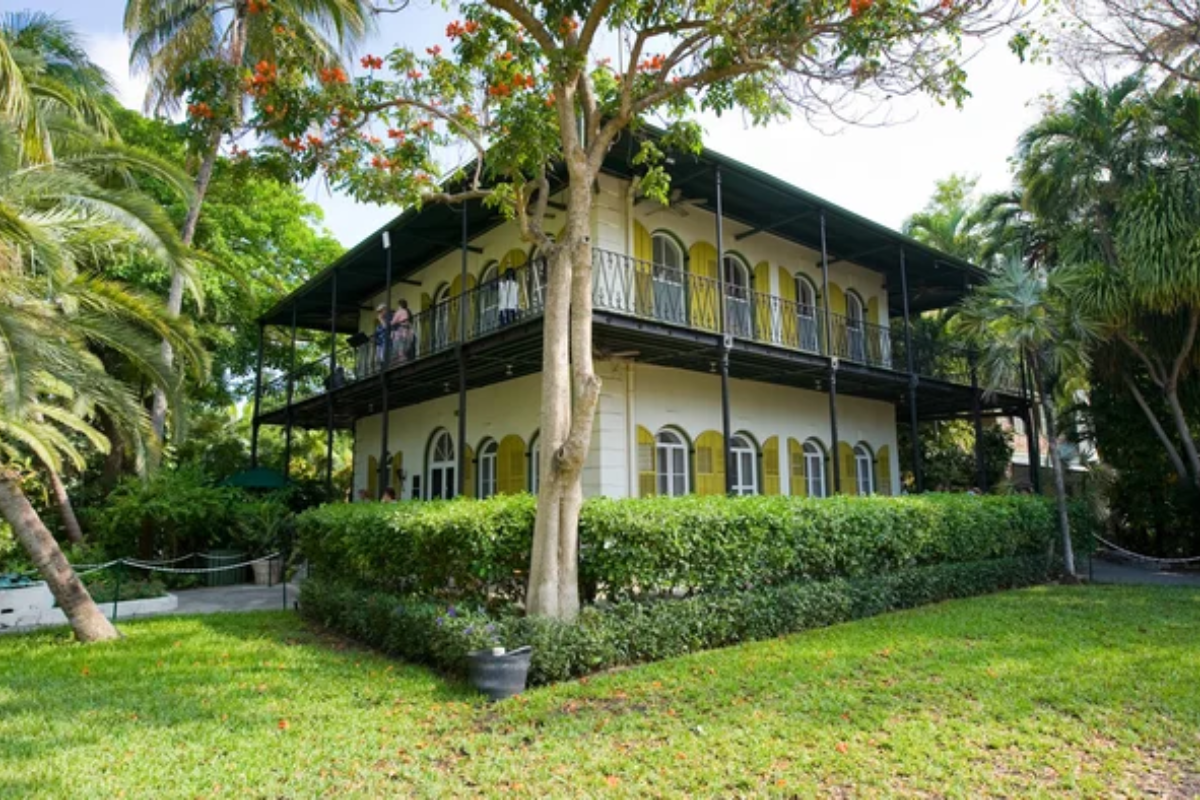
Papa’s Key West sanctuary stands as the perfect reflection of his complicated brilliance. The Spanish Colonial house became Hemingway’s home in 1931, during a remarkably productive streak that produced some of his finest work. Six-toed cats—descendants of his original pets—still roam freely around the property, lending an eccentric touch that feels quintessentially Hemingway.
His writing studio, perched above the former carriage house, remains largely unchanged, including the Royal typewriter where he hammered out paragraphs in the early morning hours. The extravagant swimming pool (which reportedly cost more than the house itself) offers a glimpse into the lavish yet troubled life of an American literary icon.
Like Travel Pug’s content? Follow us on MSN.
The Margaret Mitchell House
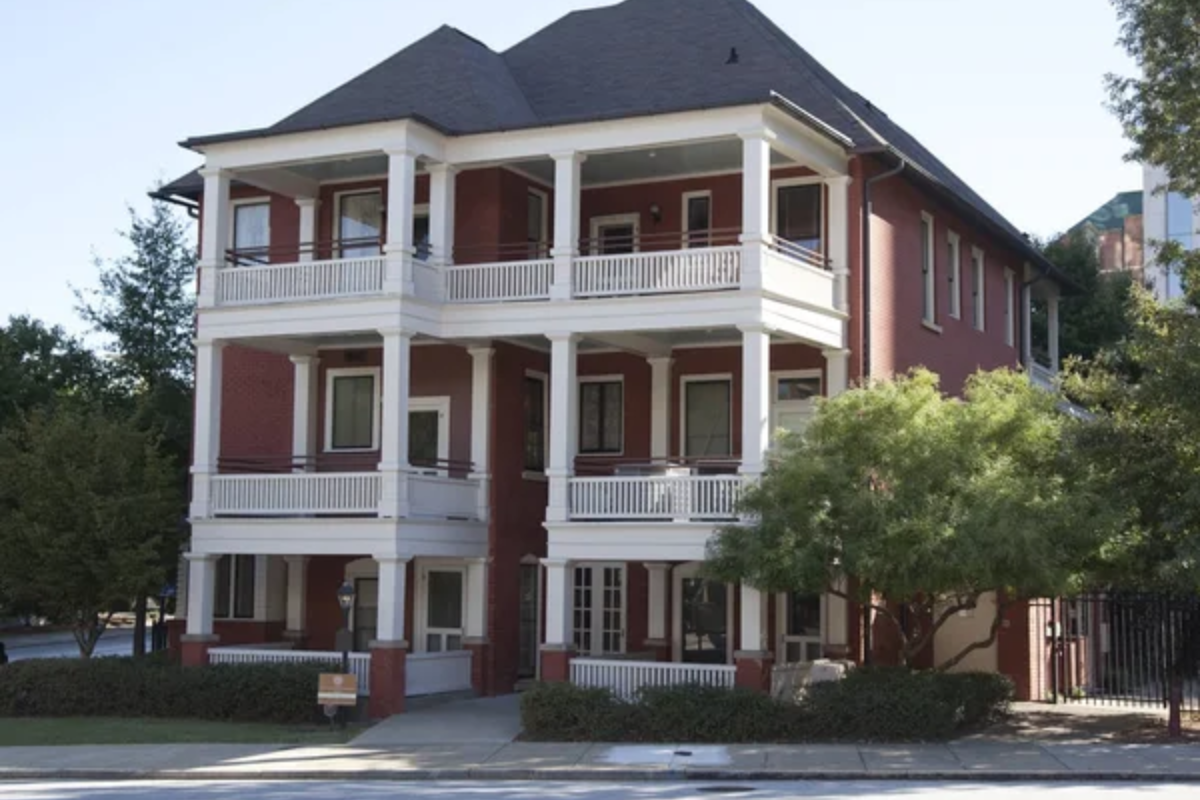
Nicknamed ‘The Dump’ by Mitchell herself, this modest Atlanta apartment hardly seems the birthplace of one of America’s most sweeping epics. The Tudor Revival building in Midtown Atlanta has survived both neglect and multiple fires to stand as a testament to literary persistence.
Mitchell’s tiny desk—where she pecked out ‘Gone with the Wind’ on a portable Remington—occupies a corner of the apartment, making visitors wonder how such a small space contained such an expansive vision. Beyond the apartment tour, exhibits tackle the novel’s complicated portrayal of slavery and the Old South—offering context for Mitchell’s work within today’s understanding of history and race.
The Mark Twain House
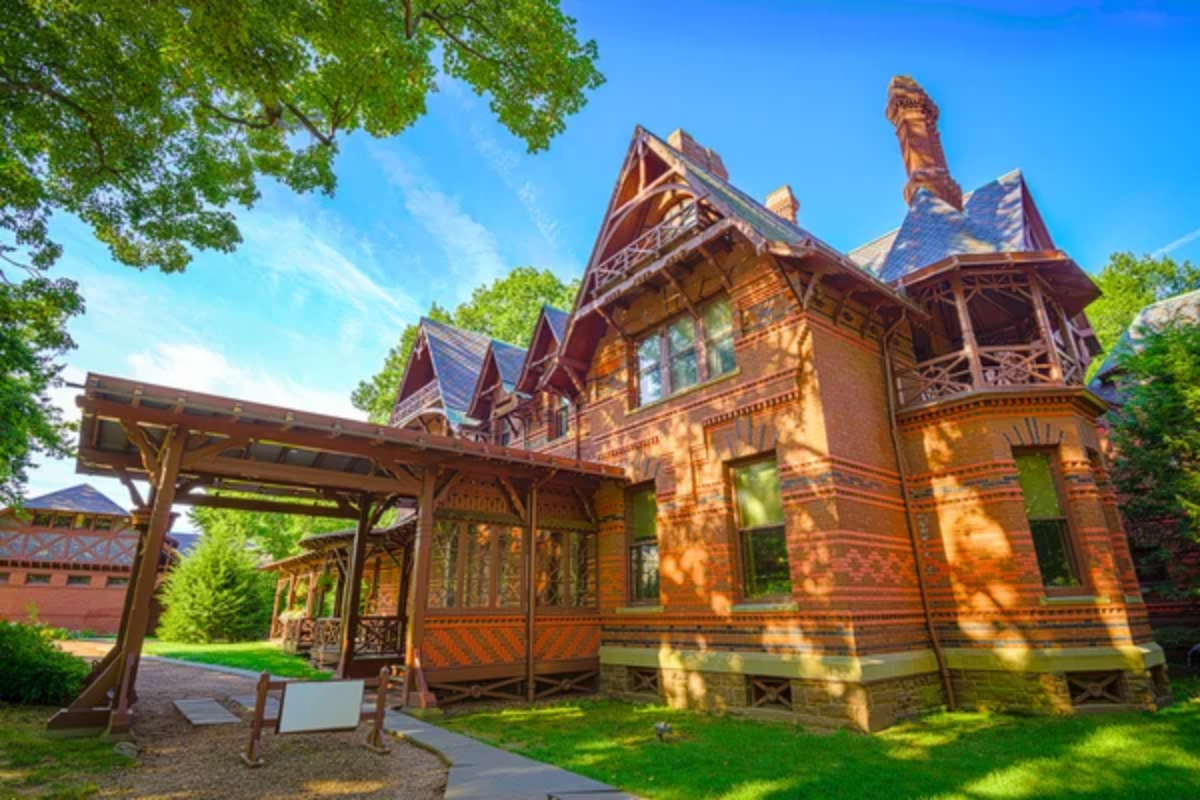
Twain’s Hartford mansion brims with the same bold character as his writing—unconventional, ambitious, and utterly American. During his 17-year residence, Samuel Clemens created his most beloved works, including ‘Adventures of Huckleberry Finn,’ often considered the Great American Novel.
The house itself reads like one of his stories—elaborate, sometimes excessive, occasionally breaking the rules, but always fascinating. Inside, visitors discover surprising details like a bed positioned to maximize morning light and a library resembling a riverboat’s pilot house—nods to Clemens’ Mississippi River days. Financial troubles eventually forced the family to abandon this dream home—a bittersweet chapter in Twain’s otherwise successful career.
Louisa May Alcott’s Orchard House
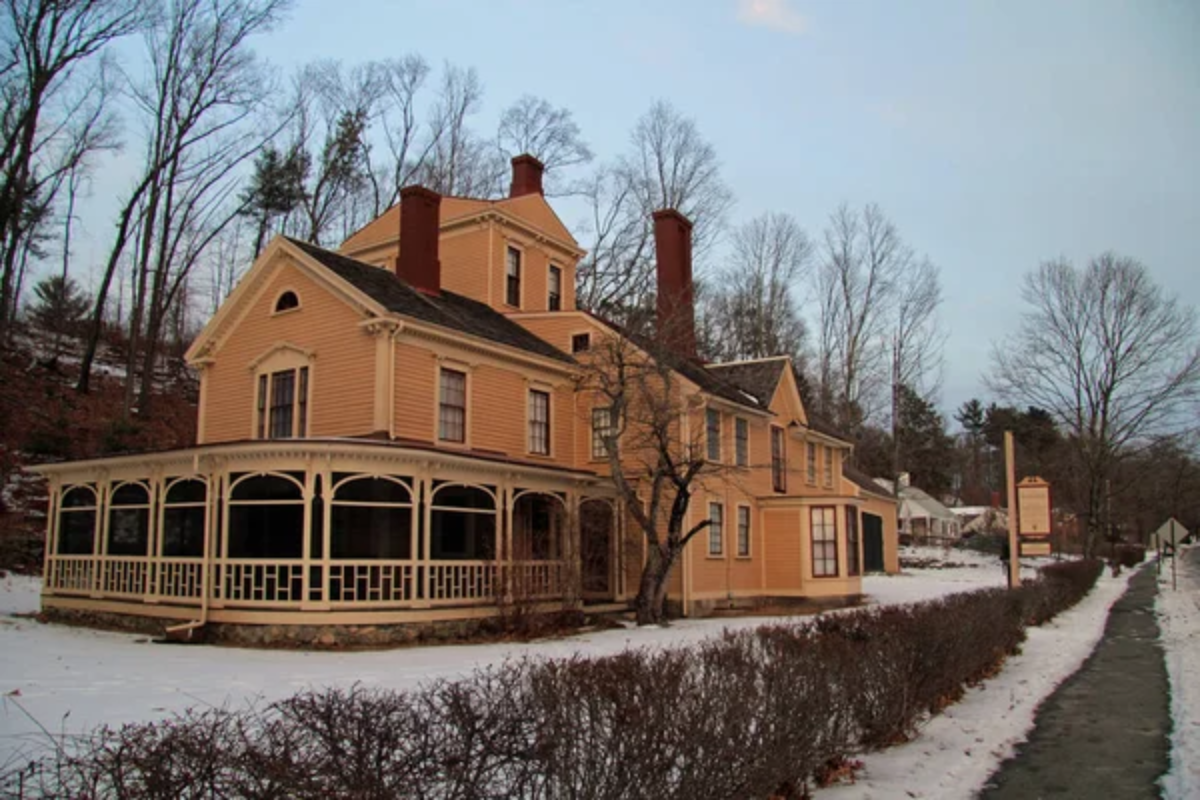
Fans of ‘Little Women’ might experience déjà vu walking through this brown wooden house in Concord—the real-life setting that inspired the March family home. Alcott’s father built her a special shelf desk between two windows where she wrote much of the novel, often in ink-stained marathon sessions.
Much of the original furniture remains intact, creating an eerily familiar atmosphere for anyone who’s ever imagined themselves alongside Jo, Meg, Beth, and Amy. The surrounding grounds, with remnants of the original apple orchard, evoke the simple pleasures and natural surroundings that shaped Alcott’s portrayal of 19th-century domestic life.
Like Travel Pug’s content? Follow us on MSN.
William Faulkner’s Rowan Oak
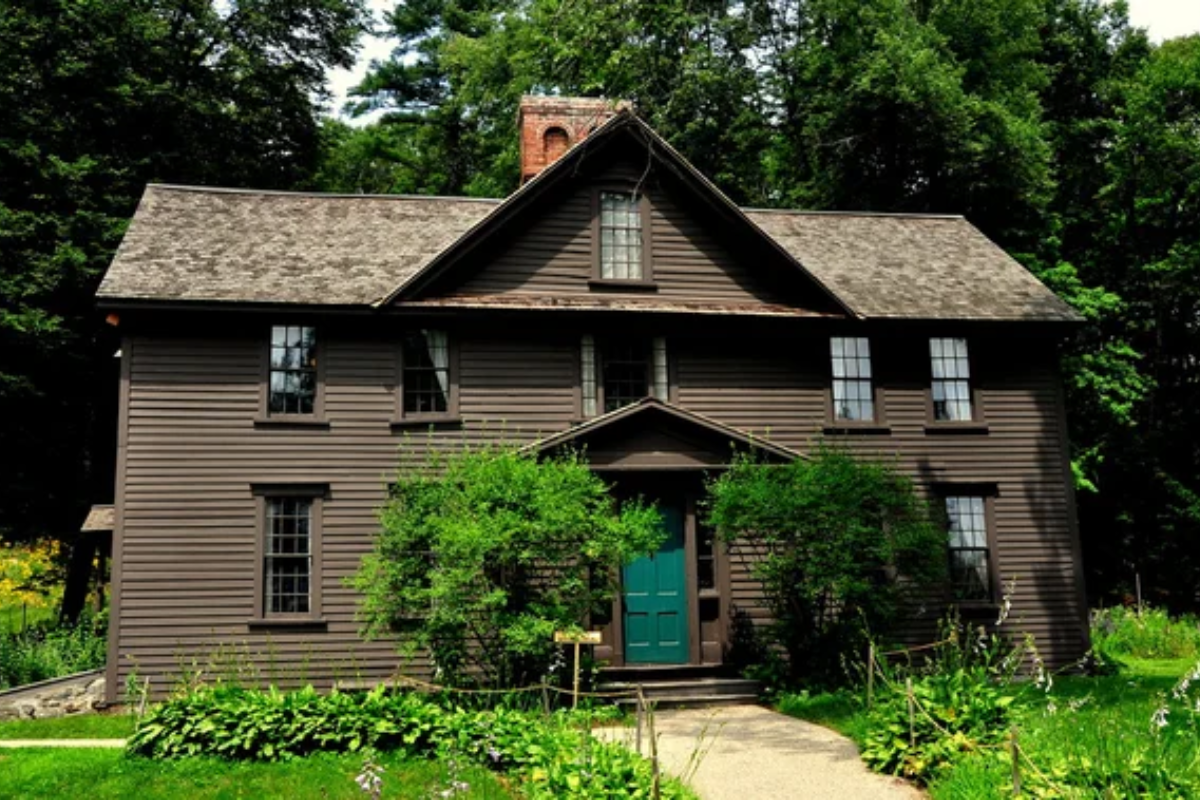
The white-columned antebellum home in Oxford perfectly embodies the Southern Gothic atmosphere that permeates Faulkner’s fiction. Faulkner bought the rundown property in 1930 and spent decades personally renovating it—a physical parallel to his literary reimagining of Southern tradition.
Perhaps most striking is his office, where the outline for ‘A Fable’ remains written directly on the walls in Faulkner’s hand—a startlingly intimate glimpse into his creative process. Outside, a magnificent cedar-lined path stretches toward the house, instantly recognizable to readers of ‘Sanctuary’ and other works set in his fictional Yoknapatawpha County.
The Edgar Allan Poe House
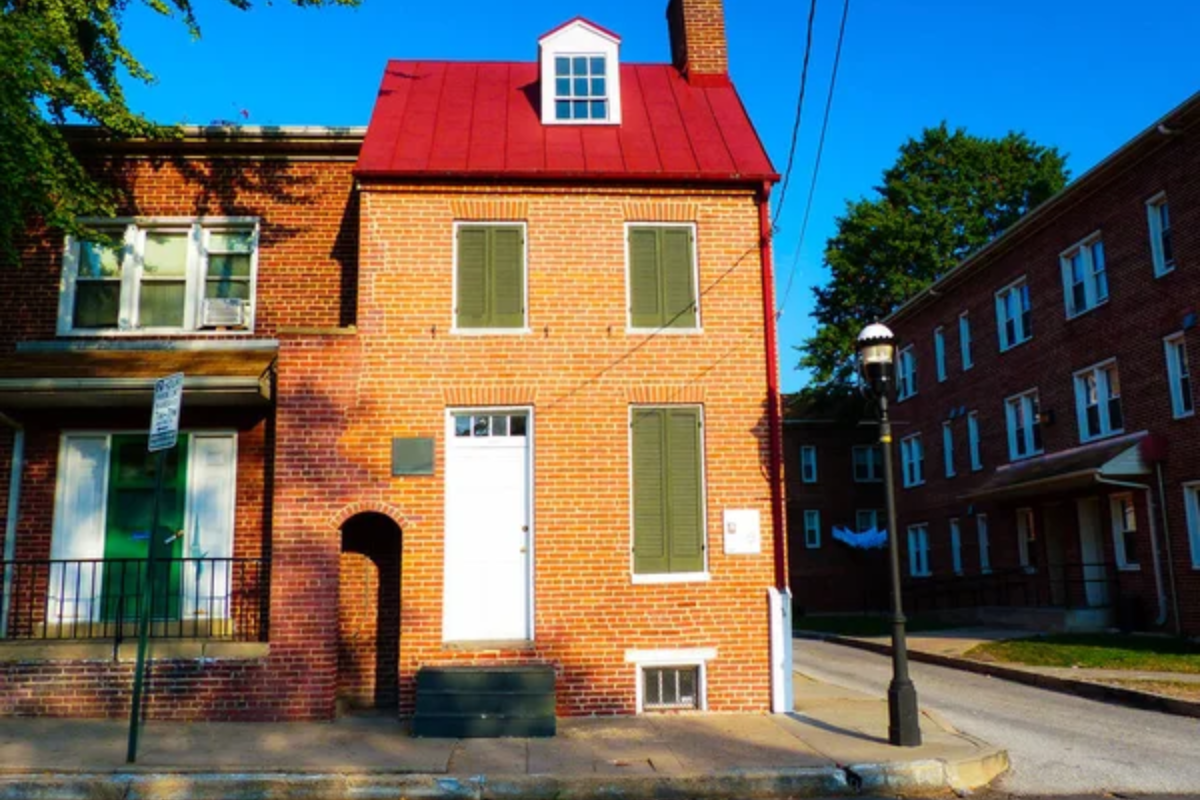
This cramped Baltimore row house hardly seems befitting a literary master—until you consider how its claustrophobic constraints mirror the psychological compression in Poe’s work. During his residence here with his aunt and cousin-wife, Virginia, Poe published his first signed stories and began developing the macabre style that would define American Gothic literature.
Dark, narrow staircases and small, confined rooms create an appropriately unsettling atmosphere that somehow makes Poe’s bizarre tales seem more plausible. Though his time here was relatively brief, the house provides crucial insights into the development of a tortured genius whose influence extends far beyond his short, troubled life.
Kurt Vonnegut Museum and Library
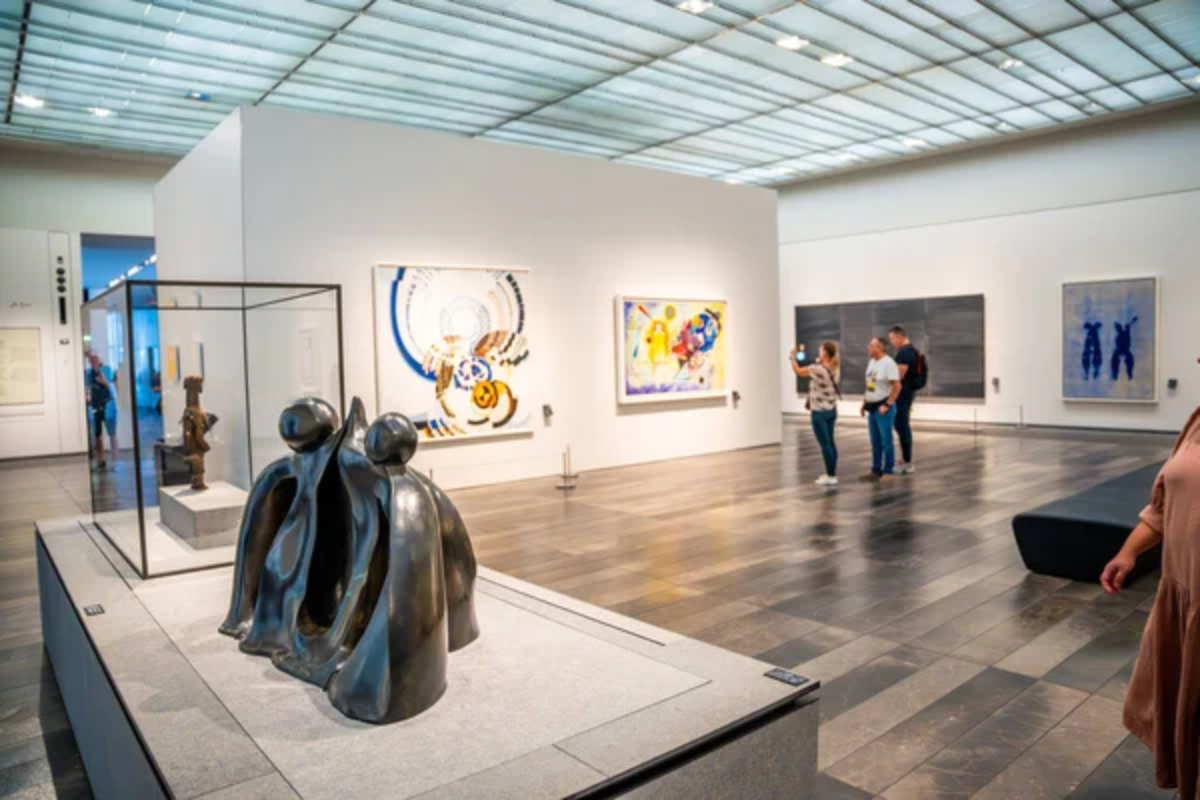
Unlike many literary landmarks frozen in time, Indianapolis honors its native son with a dynamic space that embodies his rebellious spirit. Housed in a historic building in the arts district, this isn’t just a collection of memorabilia, though Vonnegut’s typewriter, Purple Heart, and rejection letters certainly fascinate visitors.
The second floor recreates his writing space down to the red rooster paperweight that has adorned his desk for decades. What truly distinguishes this museum is its active programming—banned book readings, writing workshops, and community discussions continue Vonnegut’s legacy of challenging convention and championing free expression despite life’s inherent absurdity.
Like Travel Pug’s content? Follow us on MSN.
Edith Wharton’s The Mount
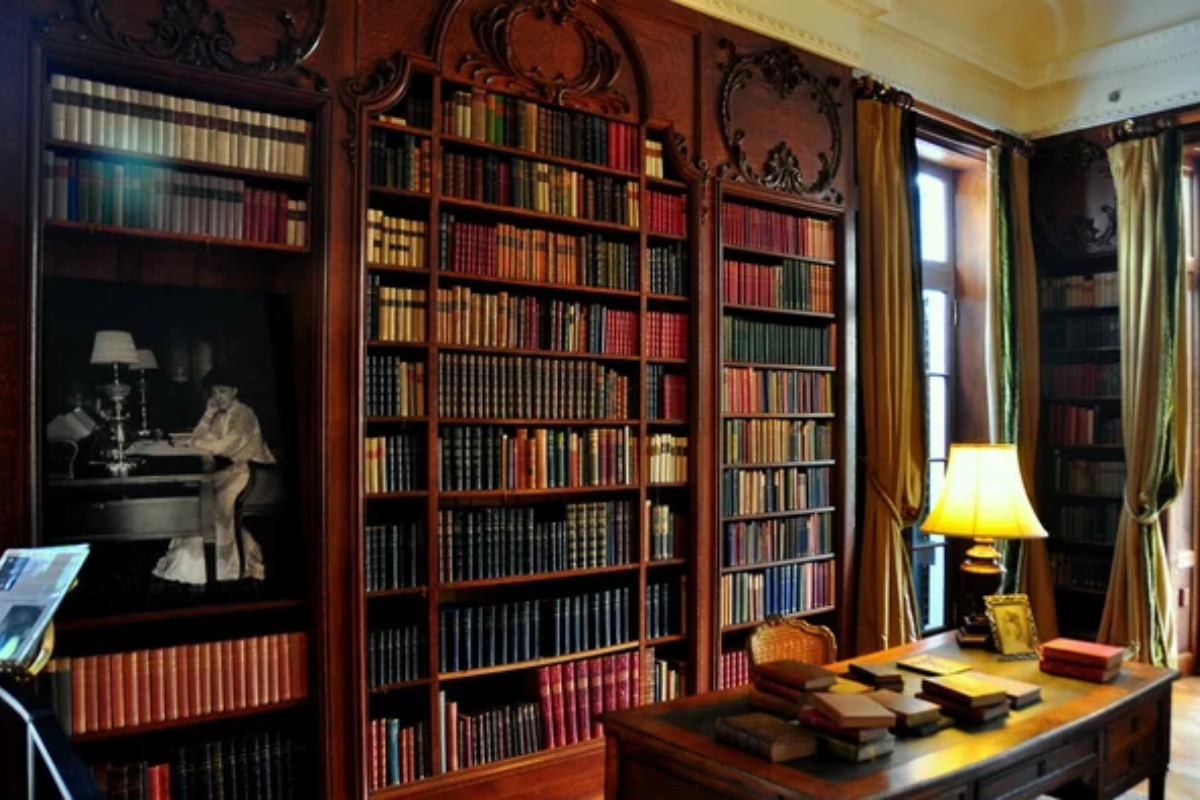
Wharton didn’t just write about architectural and social precision—she created a physical manifestation of her ideals in this elegant Lenox estate. Designed entirely by Wharton based on classical European principles outlined in her book ‘The Decoration of Houses,’ the property reveals her lesser-known expertise in design and landscaping.
The formal gardens extend the home’s aesthetic, creating outdoor “rooms” arranged with the same attention to proportion and harmony that characterized her prose. Wharton wrote several works here, including ‘The House of Mirth,’ typically working in her bedroom before household staff arrived.
After decades of neglect and various institutional uses, the restored property now embodies the themes of revival that run through her most poignant novels.
John Steinbeck’s Cannery Row
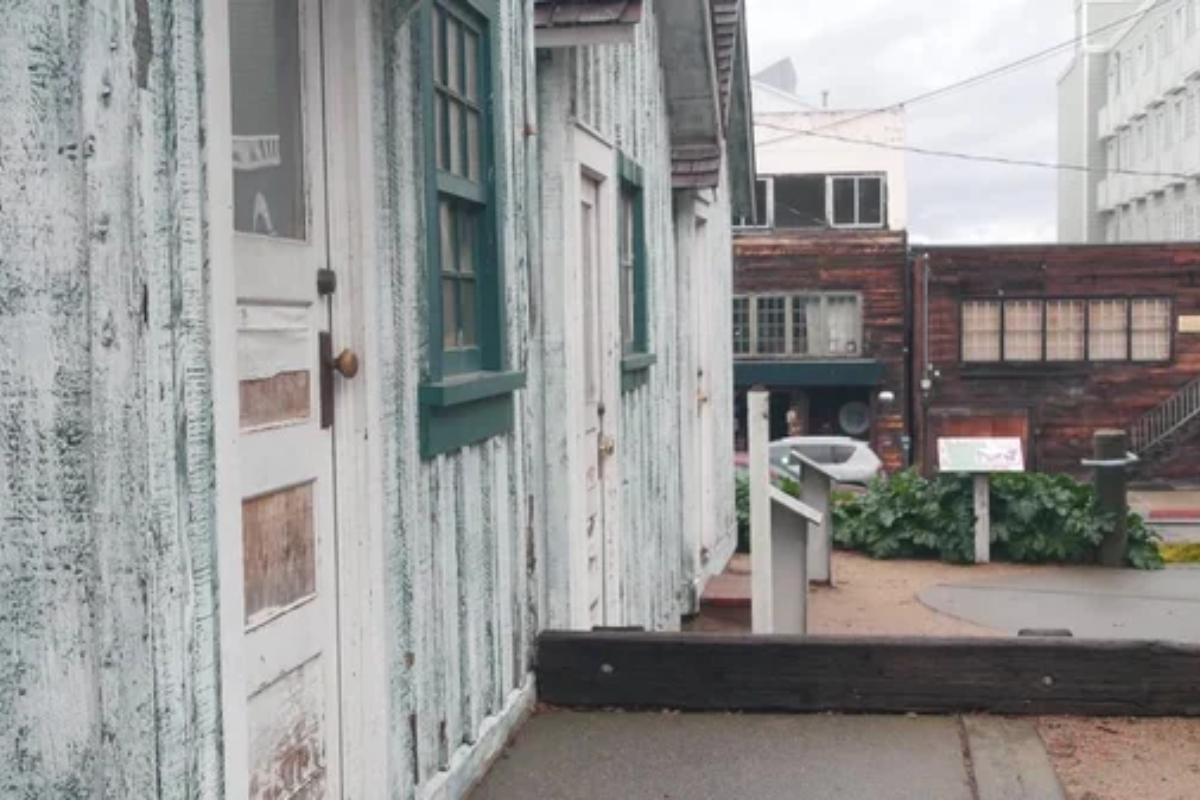
Monterey’s transformed waterfront barely resembles the industrial setting Steinbeck immortalized—yet traces remain for dedicated literary pilgrims. Wing Chong Market—which inspired the fictional Lee Chong’s grocery—stands amidst touristy boutiques and restaurants, offering a tangible link to the gritty world Steinbeck portrayed.
The lab where Steinbeck’s friend Ed Ricketts (the model for ‘Doc’) studied marine specimens still exists, preserving the scientific environment that influenced Steinbeck’s ecological thinking. Though commercial development has overwhelmed much of the original character, something essential remains—the constant rhythm of the bay, the quality of light, and the underlying spirit of community that Steinbeck captured so memorably.
Robert Frost Stone House Museum
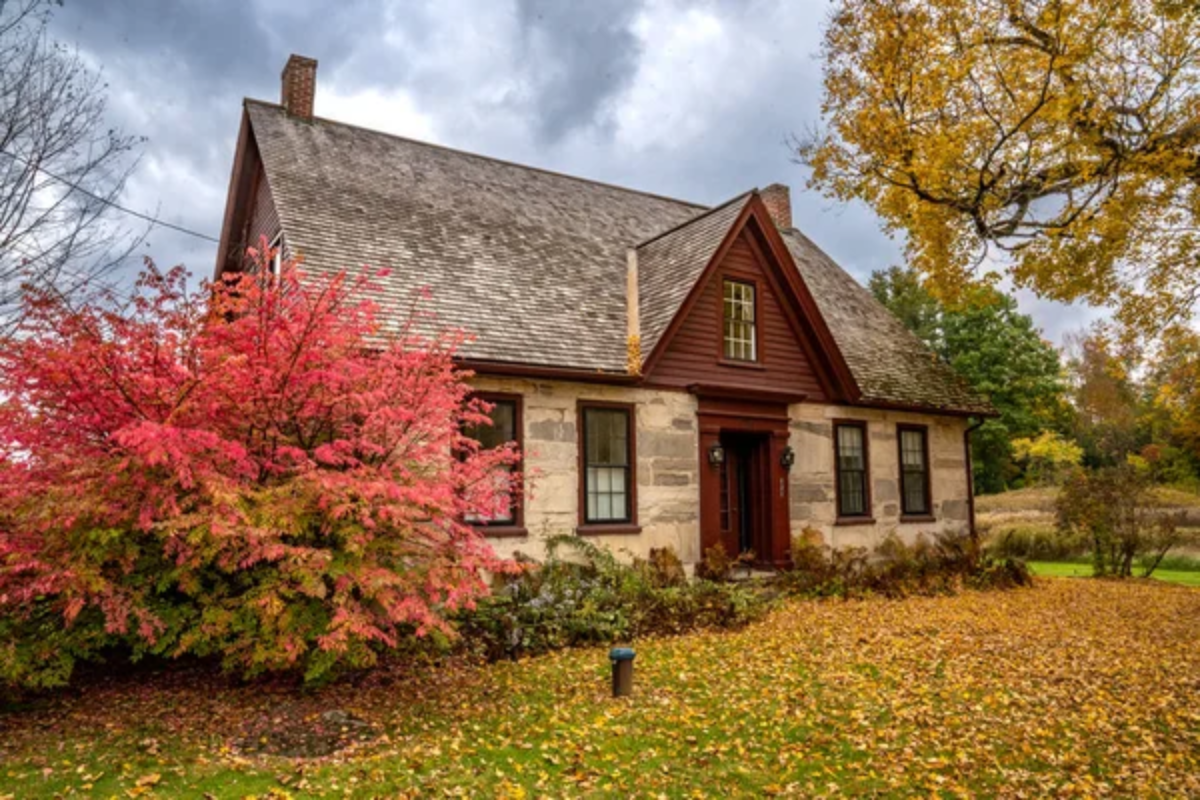
The poet’s former Shaftsbury home brings his most famous verses into vivid reality—including the stone walls that inspired ‘Mending Wall’ and apple orchards echoing ‘After Apple-Picking.’ Frost purchased this modest stone cottage in 1920, living here for nine years during a productive period that shaped his identity as a poet of rural New England.
The kitchen table where he reportedly wrote ‘Stopping by Woods on a Snowy Evening’ during a pre-dawn inspiration remains on display—an ordinary piece of furniture that witnessed extraordinary creativity. Surrounding trails through fields and woodland demonstrate how deeply the Vermont landscape penetrated Frost’s poetic imagination.
Like Travel Pug’s content? Follow us on MSN.
Jack London State Historic Park
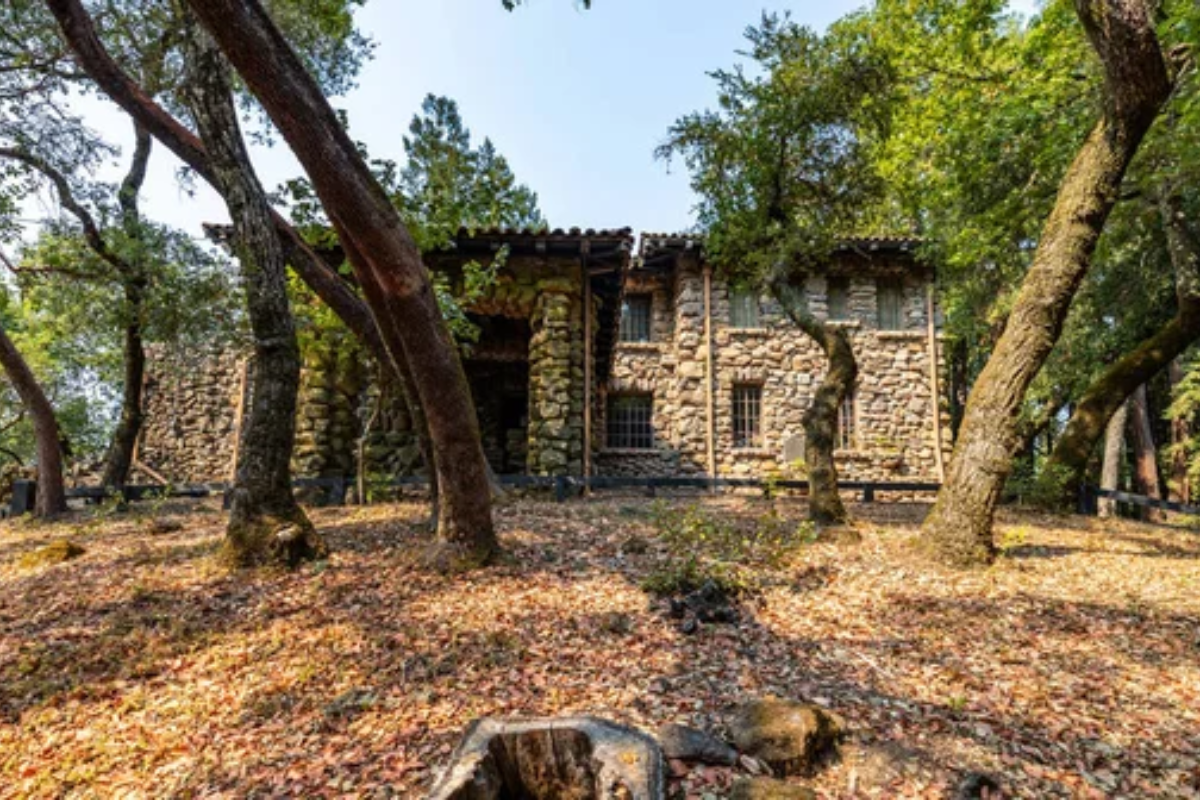
London’s ambitious Beauty Ranch in Glen Ellen showcases a writer whose adventurous spirit extended well beyond his fiction. Visitors encounter experimental farming techniques that revealed London’s forward-thinking environmental concerns—innovations rarely mentioned alongside his Klondike tales and sea adventures.
The haunting ruins of Wolf House—London’s dream home that mysteriously burned before completion—stand as a poignant monument to thwarted ambition. London completed his final writing in a small cottage on the property, working at a simple desk with views of the land he loved.
The park’s diverse landscape of vineyards, redwoods, and meadows demonstrates why this Sonoma Valley haven captivated London after his global wanderings.
Flannery O’Connor’s Andalusia

The 500-acre Georgia farm where O’Connor crafted her Southern gothic tales offers crucial context for understanding her unique vision. Confined here by lupus during her final 13 years, O’Connor transformed physical limitation into literary freedom, observing rural Georgia life from the farmhouse porch that became her primary connection to the outside world.
Peacocks—which O’Connor raised with fascination—still strut across the grounds, living symbols of the beauty, pride, and grotesquerie that characterize her fiction. The farm buildings, dairy barn, and surrounding fields establish the authentic Southern setting against which O’Connor explored profound questions of faith and human failing.
Thoreau’s Walden Pond
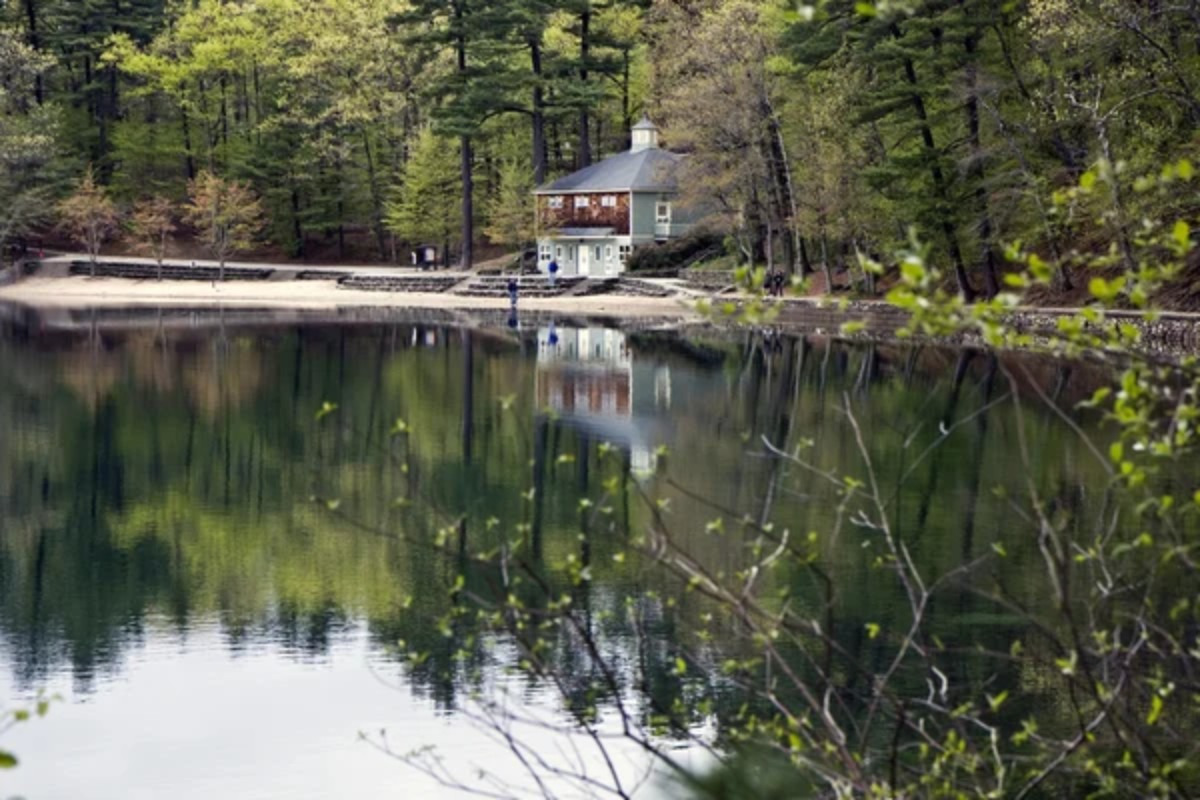
The serene glacial lake near Concord remains remarkably unchanged from when Thoreau built his simple cabin on its shores in 1845—a testament to conservation efforts inspired by his writing. Though the original structure vanished long ago, a furnished replica demonstrates the minimalist conditions that fostered Thoreau’s reflections on self-reliance and simple living.
Visitors can walk around the pond on paths Thoreau himself trod, experiencing the same natural rhythms and seasonal transformations he documented with scientific rigor. The site embodies Thoreau’s central belief that profound understanding emerges from careful observation of nature rather than abstract theorizing or mindless conformity.
Like Travel Pug’s content? Follow us on MSN.
Zora Neale Hurston’s Eatonville
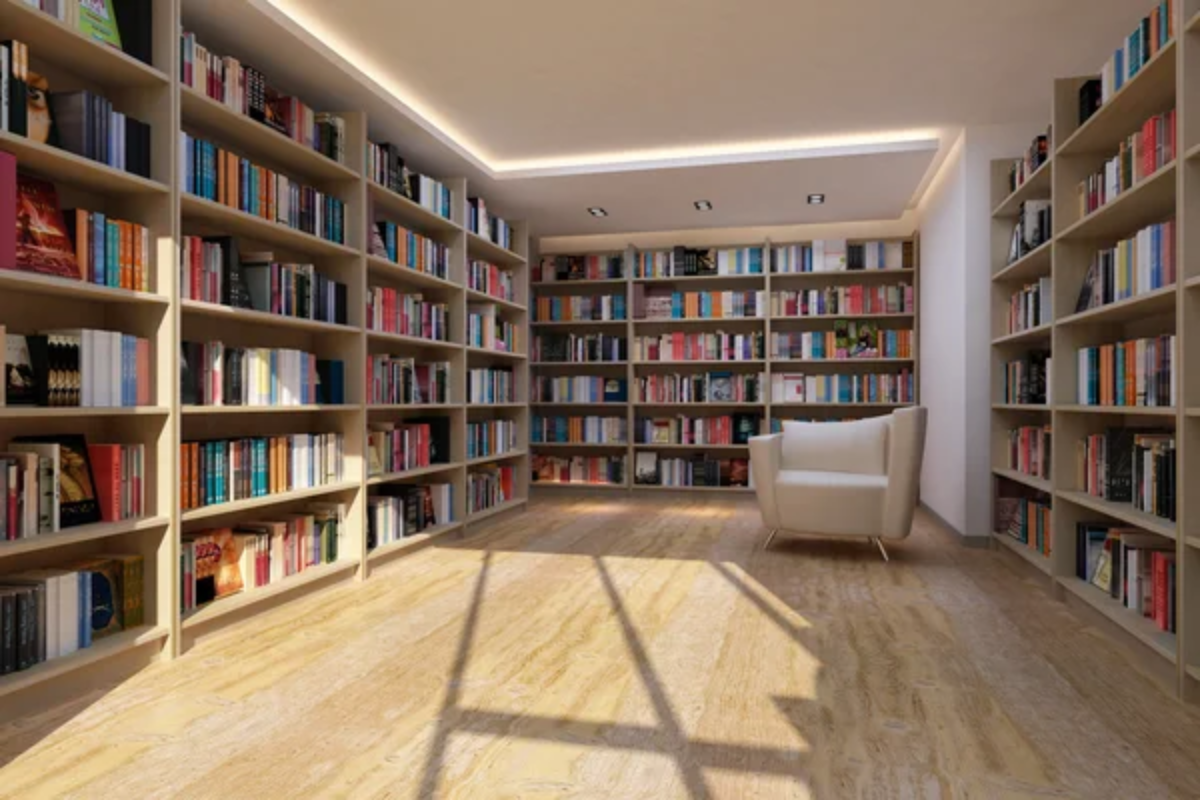
Florida’s oldest incorporated Black municipality shaped Hurston’s understanding of African American culture and independence long before the concept of Black self-determination entered mainstream discourse. Though her childhood home hasn’t survived, the historic district preserves streets and buildings that appear in ‘Their Eyes Were Watching God’ and her anthropological studies.
The Zora Neale Hurston National Museum contextualizes her contributions to the Harlem Renaissance alongside her groundbreaking work preserving African American folklore and oral traditions. During the annual festival celebrating her legacy, the town comes alive with storytelling, music, and food that transform Hurston’s descriptions into lived experiences.
The Beat Museum

San Francisco’s North Beach neighborhood houses this collection celebrating the literary rebels who forever altered American cultural consciousness. Located just blocks from City Lights bookstore, which published Ginsberg’s ‘Howl’ and faced obscenity charges as a result, the museum displays first editions, rare manuscripts, and personal items, including Kerouac’s jacket and Cassady’s legendary travel bag.
Surrounding streets featured in ‘On the Road’ and other Beat classics maintain much of their midcentury character, with cafés and bars where literary history unfolded nightly. The museum’s location marks the geographic heart of a movement that challenged conformity and expanded the boundaries of American literature.
Langston Hughes’ Harlem Home

The top-floor apartment of this East 127th Street brownstone served as Hughes’ home for the final two decades of his life—a period of both creative productivity and civil rights activism. His typewriter sits near windows overlooking the neighborhood, which inspired his observations on Black urban life and cultural resilience.
Beyond mere preservation, the residence functions as a vibrant cultural center hosting poetry readings and community programs that extend Hughes’ democratic vision of art. The surrounding blocks, though gentrified, maintain connections to the Harlem Renaissance that Hughes helped define—an extraordinary flowering of Black artistic expression centered in these very streets.
Like Travel Pug’s content? Follow us on MSN.
The Emily Dickinson Museum

This Amherst property unites the Homestead where Dickinson lived as a recluse with the neighboring Evergreens where her brother’s family resided—the full domestic world that shaped her revolutionary poetic vision. Dickinson’s bedroom, where she crafted nearly 1,800 poems in relative isolation, features her small writing desk strategically positioned to capture northern light.
The gardens she tended survive in form, if not exact plantings, illuminating the botanical imagery that flourishes throughout her work. Recent restoration has returned interiors to their 19th-century appearance, allowing visitors to experience the environment that nurtured America’s most enigmatic poetic voice.
Tennessee Williams’ New Orleans Apartment
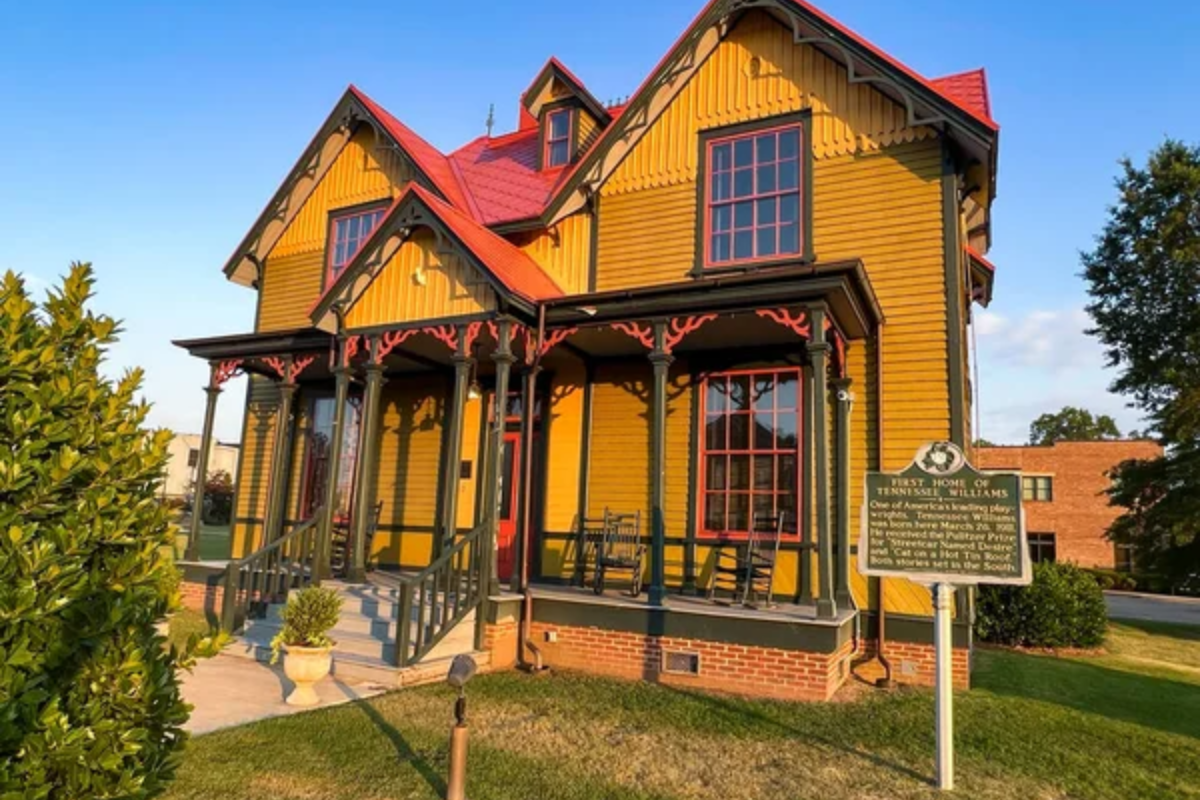
The French Quarter rooms where Williams created Stanley Kowalski and Blanche DuBois perfectly embody the sultry, decadent atmosphere that permeates his greatest works. Though privately owned, the apartment opens during the annual Tennessee Williams Festival, allowing literary pilgrims to stand where ‘A Streetcar Named Desire’ took shape.
The surrounding neighborhood features locations mentioned in the play—including the streetcar route that inspired its title. The apartment’s faded elegance amid vibrant Quarter life exemplifies the tension between gentility and raw desire that drives Williams’ characters toward their tragic conclusions.
Beyond the Page
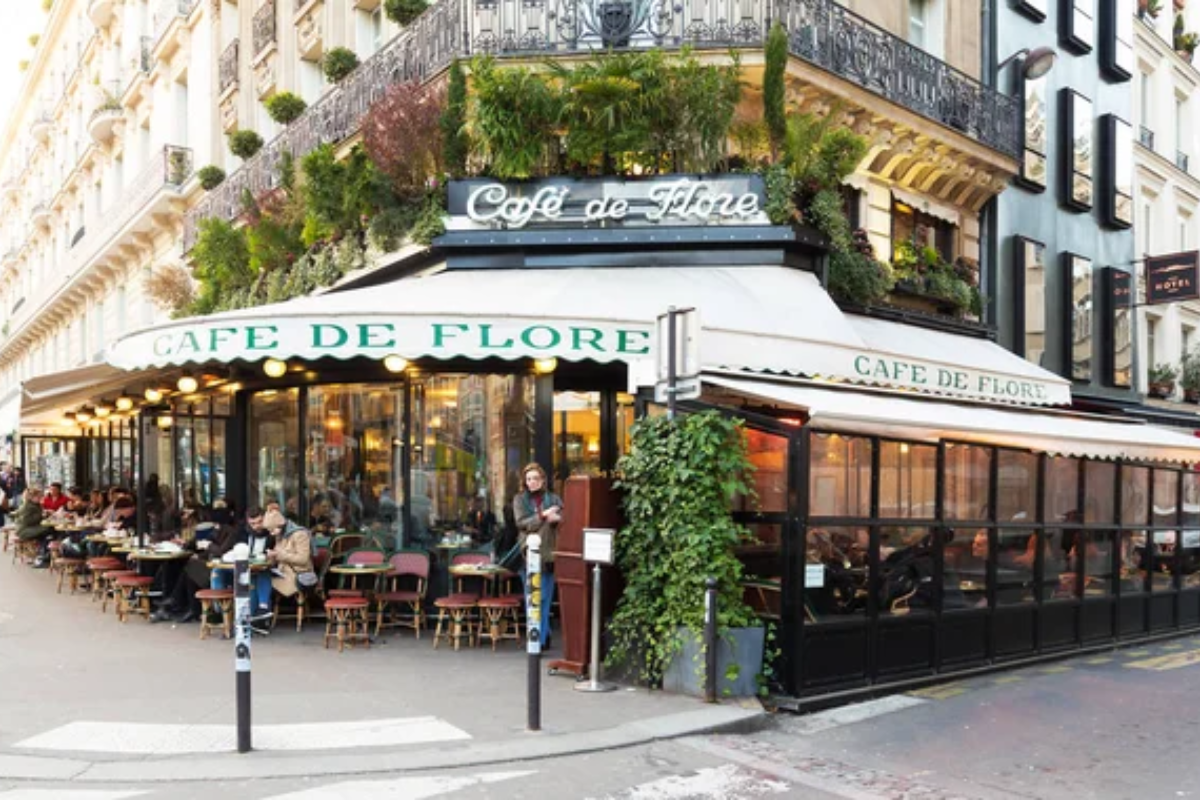
These literary landmarks transform words on a page into physical experiences that connect generations of readers across time. Each location reveals something books alone cannot—whether it’s understanding how Faulkner’s daily view shaped his fictional landscapes or feeling the physical constraints that informed Dickinson’s interior explorations.
Standing where great writers once stood somehow makes their work more accessible yet more mysterious, reminding us that behind every enduring text exists a particular human in a specific place, wrestling language into art through daily discipline and fleeting inspiration.
Like Travel Pug’s content? Follow us on MSN.
More from Travel Pug

- Cities Growing so Fast You Won’t Recognize Them in 10 Years
- 13 Destinations Where Tourists Regularly Regret Their Trip
- 16 U.S. Cities That Are Quietly Becoming Travel Hotspots
- Where to Travel If You Love Long Bus Rides and Daydreams
- 20 Cities Perfect for Solo Travelers Who Crave Adventure & Culture
Like Travel Pug’s content? Follow us on MSN.
